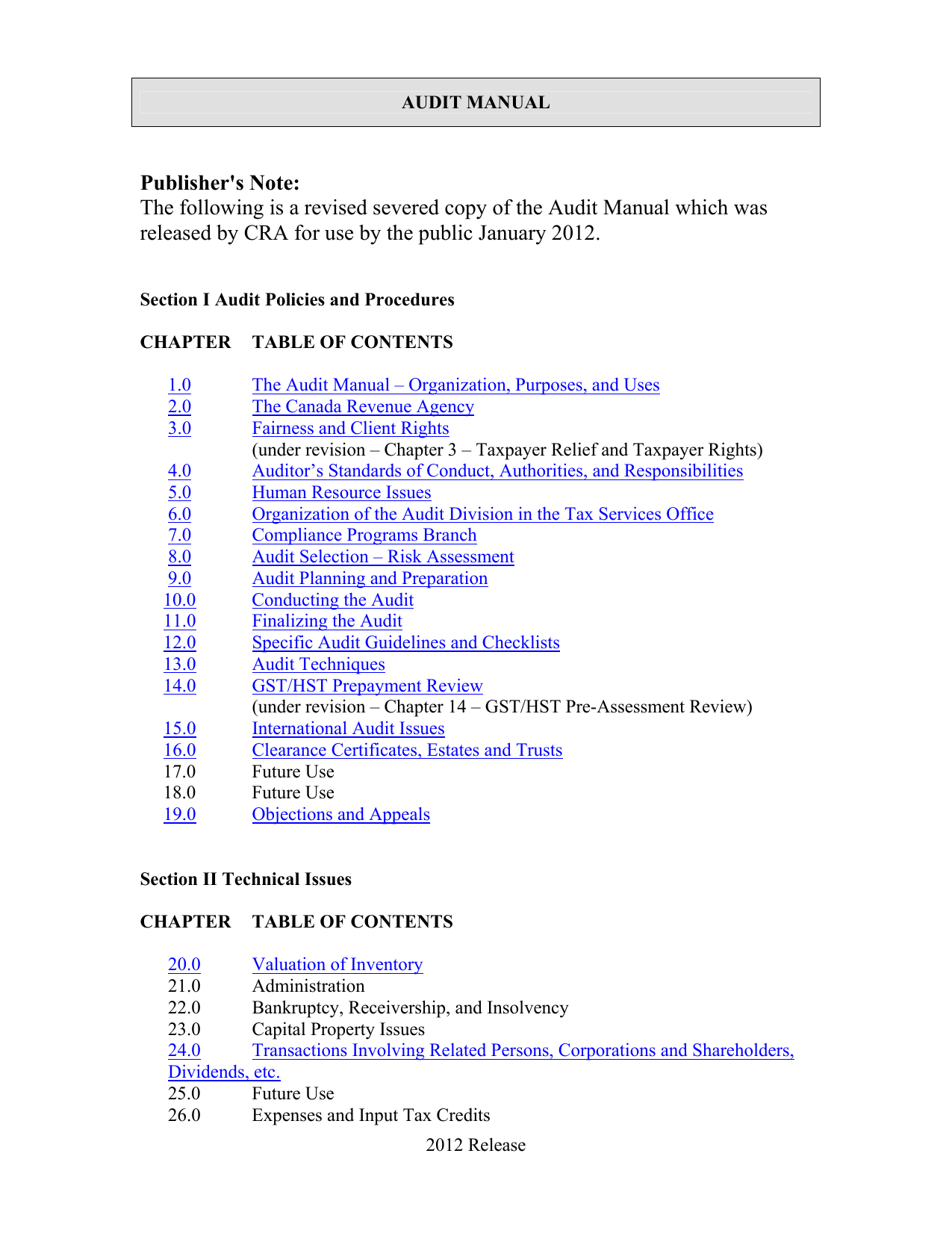
If you need more time to gather your documents for submission, you can call the number for the tax centre shown in your letter and request an extension.

If you ignore these requests or do not respond by the due date on the letter, you will be reassessed and your claim for that particular credit or deduction denied. Often called a “Post-Assessment”, you should respond to the request in a timely manner do not ignore these requests.
 Processing Review Program: After your return has been assessed and you’ve received your NOA and refund (if you were entitled to one), CRA may contact you (or your Authorized Representative) for more information or documentation to support a credit or deduction you have claimed. When your return is selected for a pre-assessment, you will need to provide more information or supporting documents to CRA before your NOA (and refund) is issued. Pre-assessment Review Program: This is busiest from February to July before the Notice of Assessment (NOA) is issued. There are a number of review programs that CRA uses. The review process promotes awareness and compliance with tax laws, while audits aim to protect the self-assessment tax return system. Reviews check income amounts, credits, deductions and supporting claims, and have four types, generally occurring the same time each year. While both might be perceived as audits, the CRA emphasizes that a tax review is not a formal audit. Audit The CRA has two reassessment vehicles that may affect your tax return. Thankfully, CRA guidelines protect you from reviews of the distant past, and complying with record-keeping requirements ensures you have the information you need to support your returns.
Processing Review Program: After your return has been assessed and you’ve received your NOA and refund (if you were entitled to one), CRA may contact you (or your Authorized Representative) for more information or documentation to support a credit or deduction you have claimed. When your return is selected for a pre-assessment, you will need to provide more information or supporting documents to CRA before your NOA (and refund) is issued. Pre-assessment Review Program: This is busiest from February to July before the Notice of Assessment (NOA) is issued. There are a number of review programs that CRA uses. The review process promotes awareness and compliance with tax laws, while audits aim to protect the self-assessment tax return system. Reviews check income amounts, credits, deductions and supporting claims, and have four types, generally occurring the same time each year. While both might be perceived as audits, the CRA emphasizes that a tax review is not a formal audit. Audit The CRA has two reassessment vehicles that may affect your tax return. Thankfully, CRA guidelines protect you from reviews of the distant past, and complying with record-keeping requirements ensures you have the information you need to support your returns. 

The thought of reassessment for tax returns gone by makes anyone a little nervous - an average taxpayer won’t remember the how and whys of decisions made years ago, particularly under the worry of a big and retroactive tax bill.








 0 kommentar(er)
0 kommentar(er)
